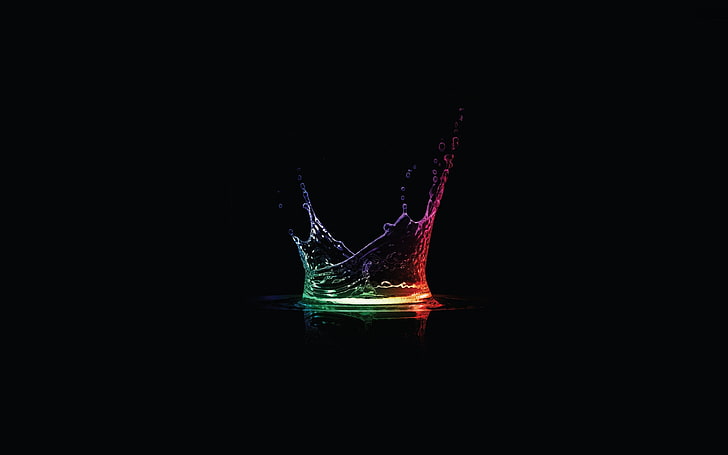
The Art of Anime: Animation Techniques and Styles
Introduction
Anime, with its vibrant visuals and imaginative worlds, captivates audiences worldwide. Unlike Western animation, which often prioritizes fluidity and realism, anime thrives on diverse artistic styles and innovative techniques. From the hand-drawn charm of cel animation to the sleek sophistication of digital techniques, anime's evolution is a testament to the creativity and ingenuity of its creators. In this blog, we will explore the fascinating art of anime, delving into its unique animation methods and the distinct styles that define this beloved medium.
The Evolution of Anime Animation
Anime has come a long way since its early days in the 20th century. The journey from black-and-white short films to the vibrant, high-definition series we enjoy today is marked by significant technological advancements and artistic breakthroughs.
Animation Techniques in Anime
Cel Animation
Cel animation involves drawing each frame by hand on a transparent sheet called a cel. This technique was widely used in classic anime and allowed for meticulous detail and artistry. Examples of cel-animated anime include "Akira" and "Astro Boy."
Digital Animation
The transition to digital animation in the late 1990s and early 2000s revolutionized the industry. Digital tools enabled animators to create more detailed scenes efficiently. Notable examples include "Ghost in the Shell: Stand Alone Complex" and "Your Name."
3D CGI Animation
CGI (Computer-Generated Imagery) is now frequently used in anime to enhance scenes or create entire shows. Integrating CGI with traditional 2D animation can produce stunning visuals. Examples include "Land of the Lustrous" and "Attack on Titan."
Rotoscoping
Rotoscoping involves tracing over live-action footage to create realistic movement in animation. This technique, used in anime like "Flowers of Evil," allows for a unique blend of realism and artistic expression.
Limited Animation
Limited animation uses fewer frames per second to create a distinctive, stylized look. This technique is economical and often employed in anime such as "Neon Genesis Evangelion," contributing to its unique visual appeal.
Distinctive Art Styles in Anime
Moe Style
Characterized by large eyes, youthful appearances, and expressive features, the Moe style is designed to evoke feelings of affection. Examples include "K-On!" and "Love Live!"
Realistic Style
Realistic anime styles feature proportionate and lifelike character designs. Examples include "Monster" and "Akira."
Chibi Style
Chibi style is characterized by super-deformed, cute, and exaggerated features. It is often used for comedic effect in series like "Hetalia" and in certain segments of "One Piece."
Abstract and Surreal Styles
These styles break away from traditional visuals, offering experimental and often psychedelic experiences. Examples include "Mononoke" and "Tatami Galaxy."
Influence of Directors and Studios
Iconic directors like Hayao Miyazaki (Studio Ghibli), Makoto Shinkai (CoMix Wave Films), and Satoshi Kon (Madhouse) have significantly shaped anime's art styles. Renowned studios like Studio Ghibli, Ufotable, and Trigger are known for their unique visual signatures.
The Future of Anime Animation
Current trends in anime animation include the increased use of CGI and hybrid techniques, blending 2D and 3D elements. As technology advances, we can expect even more innovative and visually stunning anime in the future.
Conclusion
The art of anime is a dynamic and evolving field, characterized by a rich diversity of techniques and styles. From the hand-drawn elegance of cel animation to the digital precision of modern CGI, anime continues to captivate and inspire audiences around the world. What makes anime's art and animation special to you? Share your thoughts and favorite styles in the comments!
Comments
Post a Comment